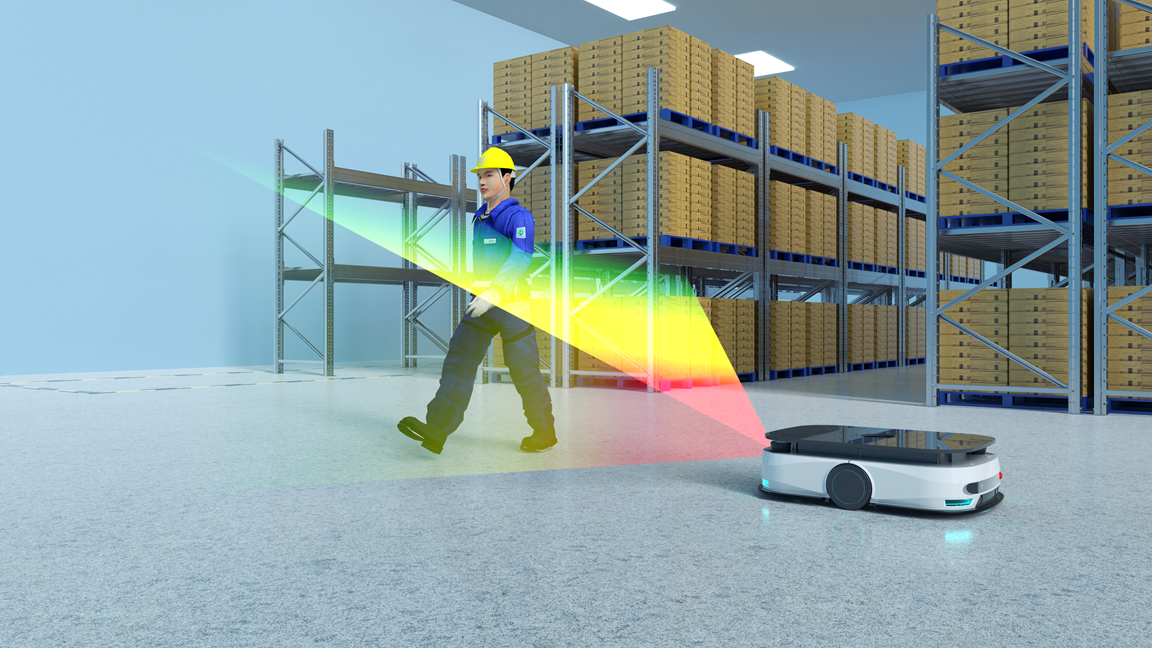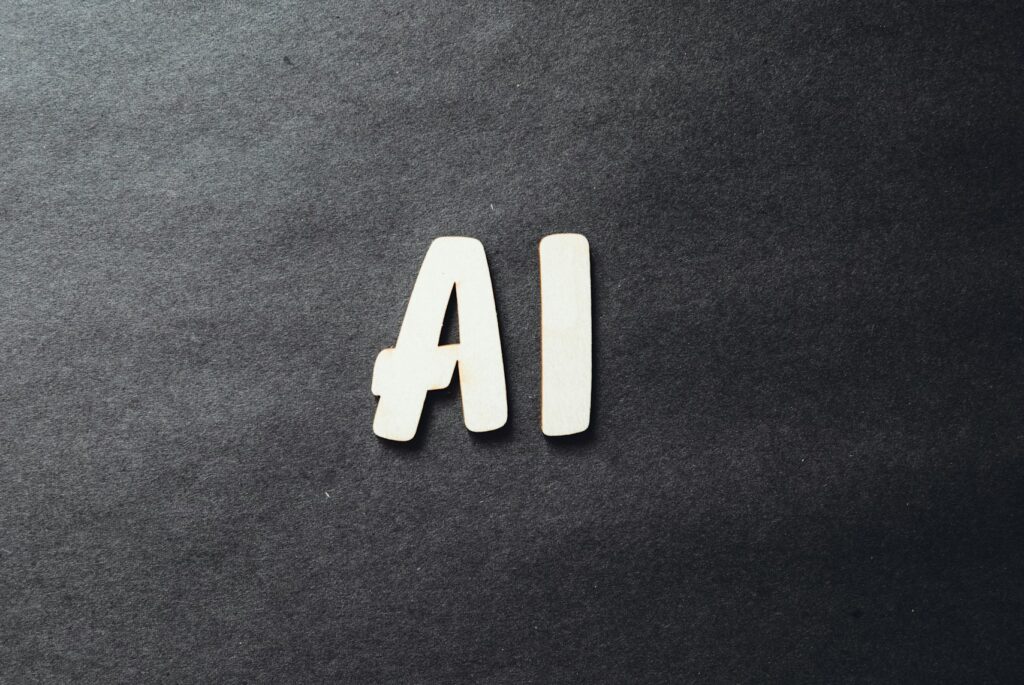
Machine vision encompasses the technology and methods used for imaging-based automatic inspection and analysis, commonly applied in industrial settings for tasks like automatic inspection, process control, and robot guidance.
Humans obtain 85% of information through their eyes. Human vision relies on the eyes and brain to observe and understand the environment. Machine vision is just like human vision, using optical systems, cameras, and image processing software to simulate human visual capabilities, make corresponding decisions, and execute these through machine actuators.
Machine vision involves a wide range of technologies, software and hardware products, integrated systems, actions, methods, and expertise. As a systems engineering discipline, machine vision differs from computer vision, which is a branch of computer science; it focuses on integrating existing technologies in innovative ways to solve practical problems. While the term is most commonly associated with industrial automation, it is also applicable in other areas, such as vehicle guidance.
The machine vision process typically includes planning the project’s requirements, developing a solution, and, during runtime, capturing images, automatically analyzing them, and extracting the necessary information.
With the development of industrial intelligence technology, machine vision has become a rapidly growing branch of artificial intelligence. It enables computers and robots to understand the world better, equipping them with human-like abilities to think, judge, and make decisions.
A machine vision system consists of hardware and software components, which provide a machine to see and perceive the environment. Seeing involves using imaging devices to convert image information into digital signals, which are then processed by a complete hardware solution, including light source systems, cameras, vision sensors, vision processors, and many others. Perception involves the computer processing and analyzing these digital signals using algorithms, including traditional digital image processing algorithms and deep learning-based image processing algorithms.

The future of machine vision holds remarkable potential, driven by rapid advancements in artificial intelligence (AI), deep learning, and sensor technologies. As machine vision systems become more sophisticated, they can increasingly perform complex tasks with precision and accuracy. One of the key areas of development is the integration of deep learning algorithms, which enable systems to interpret and analyze visual data in previously unimaginable ways.
This has opened new avenues in various industries, including manufacturing, healthcare, and autonomous vehicles, where machine vision plays a critical role in quality control, diagnostics, and navigation.
MRDVS Company believes that machine vision is the future of autonomous robots. They have integrated AI and machine vision into AGVs and AMRs. MRDVS’s mission is to enable robots to see and understand the world. To achieve this, they have launched various product series, such as the S series, which includes sensors designed to avoid obstacles and recognize objects.
In conclusion, the future of machine vision is marked by continued innovation and integration across various industries. As technology progresses, these systems are expected to become more intelligent, versatile, and capable of performing increasingly complex tasks. The convergence of AI, deep learning, and advanced sensors will drive the development of more sophisticated applications, from smart manufacturing and healthcare diagnostics to autonomous vehicles. As a result, machine vision will play an increasingly vital role in shaping the technological landscape of the future, driving efficiency, accuracy, and innovation across multiple domains.
It’s a field of computer science and engineering that focuses on enabling machines to interpret and process visual information from the world, similarly to how humans use their vision. It involves the use of cameras, sensors, and algorithms to capture and analyze images, enabling applications such as quality inspection, object recognition, and autonomous navigation.
Deep learning has revolutionized machine vision by enabling systems to learn and improve from large datasets. Deep learning algorithms, particularly convolutional neural networks (CNNs), excel at recognizing patterns and features in images. This has significantly improved the accuracy and capabilities of machine vision systems in tasks such as object detection, facial recognition, and image classification. Deep learning allows machine vision systems to handle more complex and varied visual data, enhancing their performance in real-world applications.
The future of machine vision is promising, with ongoing advancements in AI, deep learning, and sensor technologies. These developments are expected to enhance the capabilities and applications of machine vision systems, making them more intelligent, versatile, and efficient. Future trends include the integration of 3D vision, improved sensor fusion, and the application of machine vision in emerging fields such as augmented reality, smart cities, and advanced robotics. As technology continues to evolve, machine vision will play an increasingly vital role in driving innovation and efficiency across various industries.
©Copyright 2023 Zhejiang MRDVS Technology Co.,Ltd.
浙ICP备2023021387号-1